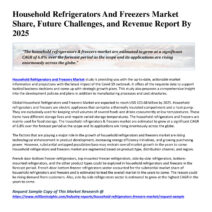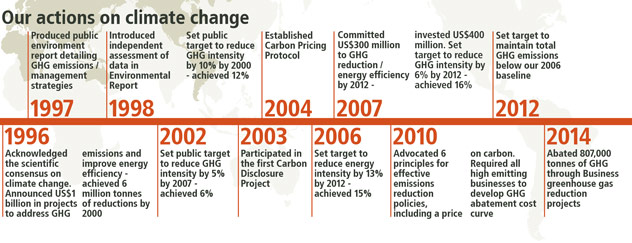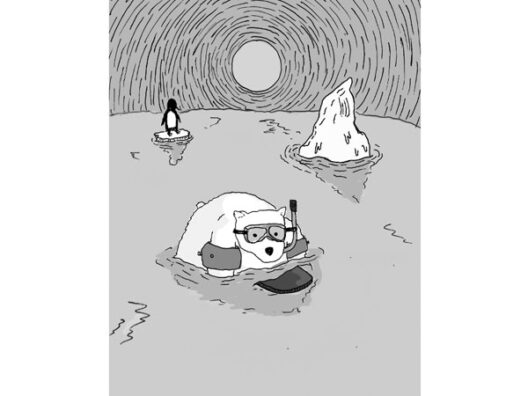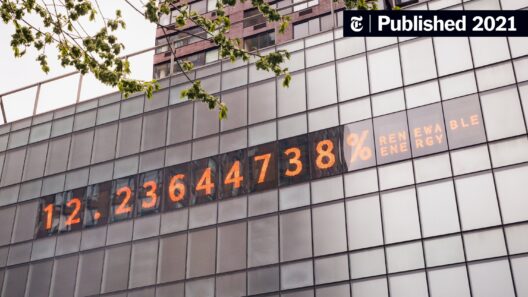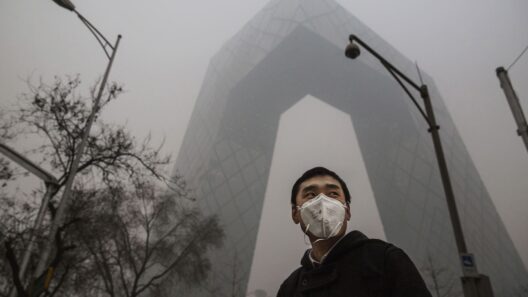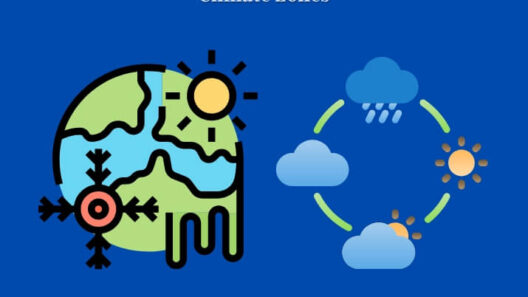The narrative of climate change is akin to a slowly unfurling scroll, revealing the intricate tapestry of humanity’s relationship with the planet. It beckons us to peer closely at the past, deciphering when this pressing issue first emerged from the shadows and took its rightful place at the forefront of global consciousness. To comprehend the gravity of climate change, one must embark on a historical expedition, tracing the timeline that illuminates humanity’s evolving understanding of environmental stewardship.
In the annals of history, the recognition of climate change began to take shape during the late 19th century. It was a time when the Industrial Revolution was unfurling its wings, and the world was rapidly transforming. By harnessing fossil fuels, societies ignited an unprecedented era of progress, yet little did they realize that these advancements were crafting chains that would bind future generations to an existential threat.
In 1896, a pioneering Swedish scientist named Svante Arrhenius first proposed the theory that increased carbon dioxide emissions from burning fossil fuels could lead to higher temperatures on Earth. His work sowed the seeds of understanding in the fertile soil of scientific inquiry. Although this notion garnered attention, it remained largely on the margins of public discourse; climate change had not yet emerged as a formidable concern.
The early 20th century continued to punctuate the narrative with a series of milestones. The Great Dust Bowl of the 1930s served as a vivid reminder of humanity’s impact on the environment, as agricultural mismanagement led to ecological devastation. Yet, the dialogue around climate change remained dormant, overshadowed by global conflicts, economic upheavals, and a world grappling with the repercussions of World War II.
As the dust settled in the aftermath of war, the 1950s marked a pivotal juncture. Scientists began to deploy advanced technologies and methods to study atmospheric carbon levels. Observations made at the Mauna Loa Observatory in Hawaii unveiled a disturbing trend: the concentration of carbon dioxide in the atmosphere was on the rise. In 1958, Charles David Keeling introduced what would become known as the Keeling Curve, a graph that charted the escalating levels of CO2 over time. This watershed moment catalyzed a shift in scientific understanding, and climate change began to emerge from the realm of theory into the realm of urgent reality.
However, it wasn’t until the late 20th century that the embers of concern started to ignite into a full-blown movement. The 1970s represented a decade of heightened environmental awareness. The first Earth Day was celebrated on April 22, 1970, serving as a clarion call for ecological accountability and societal action. The event was emblematic of a society no longer willing to ignore the ramifications of industrialization. Yet, the scientific community remained at odds, grappling with the complexity of climate systems and the interplay of various factors.
The Intergovernmental Panel on Climate Change (IPCC) was established in 1988, a significant milestone in the timeline of climate change as it marked the formal recognition of global warming on a political platform. By synthesizing scientific research and offering assessments to policymakers, the IPCC became a vital conduit of knowledge. The release of the first assessment report in 1990 warned of the potential consequences of rising global temperatures, providing the world with an alarming glimpse into a future shaped by climate change.
Throughout the 1990s, discussions surrounding climate change gained momentum, paralleling a growing body of evidence. The Kyoto Protocol, adopted in 1997, sought to set binding obligations on industrialized nations to reduce greenhouse gas emissions. While this marked an ambitious attempt at collective action, it also revealed the challenges of global cooperation in addressing what is essentially a borderless issue.
In the early 21st century, awareness continued to escalate. The release of Al Gore’s documentary “An Inconvenient Truth” in 2006 elevated public discourse around climate change, transforming it into a household subject. The visuals and personal narratives presented in the film served to awaken a populace that had been lulled into complacency. With the advent of social media, activism burgeoned, as younger generations leveraged digital platforms to rally for real change.
Climate change has since evolved into a central topic of international diplomacy. The Paris Agreement, adopted in 2015, marks a watershed in global efforts to mitigate climate change. Countries united under a common goal: to limit global warming to well below 2 degrees Celsius above pre-industrial levels. Yet, the road to implementation remains fraught with challenges, as nations grapple with political agendas and economic interests.
The timeline of climate change reflects an ongoing saga, one that requires vigilance and collective resolve. As the effects of climate change become increasingly apparent—extreme weather events, rising sea levels, and biodiversity loss—it is clearer than ever that this issue transcends geographical boundaries. The ghosts of our past actions haunt the present, urging us to reassess our priorities and extend our stewardship of the Earth to foster resilience for future generations.
As we look to the horizon, it inspires hope that the collective consciousness will unite in a concerted effort to preserve our planet. Climate change may have begun as a distant concern, but it has become an urgent call to arms. We stand at a crossroads, with the power to rewrite the narrative, one decision at a time.
